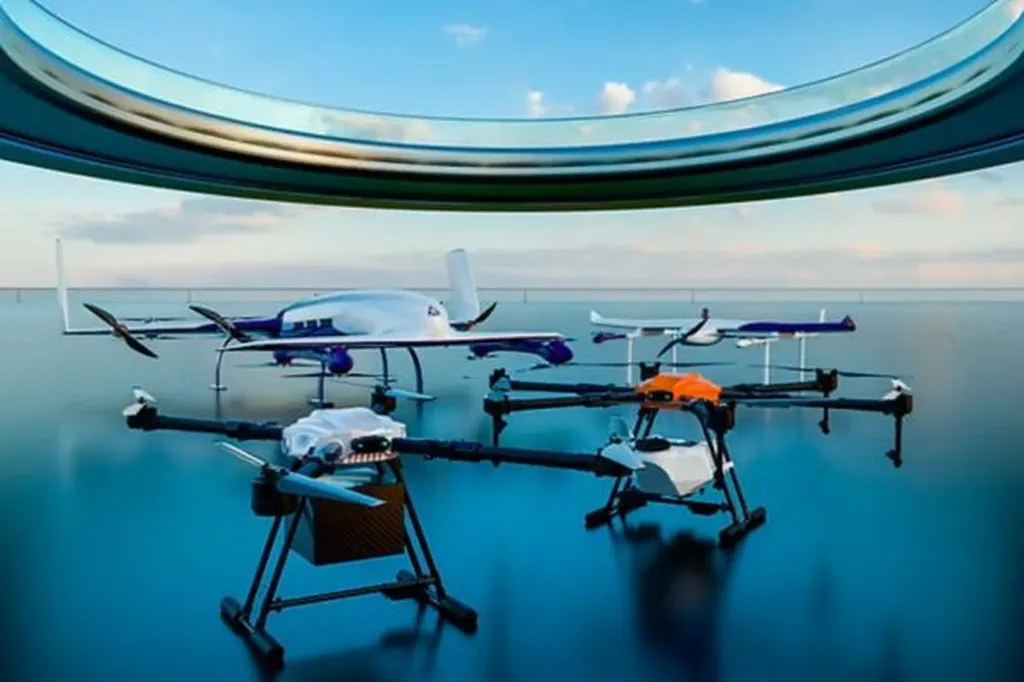Defence Minister Rajnath Singh’s visit to Raphe mPhibr’s manufacturing facility in Noida underscores India’s rapid advancements in defence technology and its commitment to self-reliance. The inauguration of the company’s defence equipment and drone manufacturing unit, attended by Uttar Pradesh Chief Minister Yogi Adityanath, highlights a pivotal moment in India’s journey towards technological sovereignty.
Singh’s remarks during the visit were a powerful testament to India’s resilience in the face of historical technological barriers. “India’s situation as a country has never been easy,” he stated, recalling decades of a technology denial regime imposed by global powers. Yet, he emphasised that India has consistently defied such obstacles, drawing parallels to the 1998 nuclear tests under Prime Minister Atal Bihari Vajpayee, which triggered international sanctions but did not deter India’s progress.
“No matter how many sanctions were imposed to stop us, India’s yearning to live, i.e., to do something, has never ended and will not end in the future under any circumstances,” Singh declared. This indomitable spirit, he argued, has propelled India into the ranks of emerging technological powers across sectors like medicine, agriculture, IT, and defence.
A cornerstone of this progress is India’s growing self-sufficiency in drone technology, a critical component of modern warfare. Singh highlighted the strategic importance of drones, particularly in conflicts like the Russia-Ukraine war, where their agility and precision have proven indispensable. “Today, drones are being used even in places where large equipment cannot reach,” he noted, adding that countries investing in drone technology have gained a significant edge.
Raphe mPhibr’s facility in Noida stands as a testament to India’s transformation from a net importer of drones to a nation capable of designing, developing, and manufacturing its own. Singh praised the facility’s cutting-edge infrastructure, including high-tech capabilities such as the Engine Test BED, metal additive manufacturing, and furnaces capable of reaching 2800°C. He also lauded the development of advanced systems like swarm drones and precision-guided missile drones, which will significantly enhance India’s defence capabilities.
Singh’s visit also provided an opportunity to reflect on India’s operational successes, such as Operation Sindoor, which showcased the nation’s growing technological prowess. “During Operation Sindoor, we all saw that when resolve, courage, and science come together, the impossible becomes possible,” he said. The operation demonstrated the effectiveness of three cutting-edge products developed in just 14 months through collaboration between Raphe mPhibr and the Defence Research and Development Organisation (DRDO).
The Defence Minister’s pride in India’s technological achievements was evident. “I am proud that our armed forces have so swiftly adopted these tools made by our youth and our industries,” he said. “This is proof that India is no longer behind any country technologically.”
As India continues to strengthen its defence capabilities, Singh’s emphasis on self-reliance remains a guiding principle. “As the Defence Minister, I can say that in this changing world, we have no other option than self-reliance,” he stated. “We have to stand on our own feet. Self-reliance in every field is the need of the hour. We have to pay attention to this, and it is also necessary to protect the self-respect of India.”
The inauguration of Raphe mPhibr’s facility is more than just a milestone for the company—it represents a broader shift in India’s defence landscape. As the nation continues to invest in innovation and self-sufficiency, it is poised to play an increasingly influential role in global defence technology.

